Sataraš is a delightful light vegetable dish from the Balkan region with fresh peppers, onions and tomatoes. It’s made from a simple recipe that anyone can cook.
It can be served alone, as a light dish, as a side dish, as a great sauce or as a perfect addition to meat. When made with eggs, it also makes a perfect, healthy breakfast. Many times, you’ll find sataraš canned for the winter.
It combines the sweet flavor of bell peppers with the tanginess of tomatoes. Whether served on its own or as part of an entree, sataraš is definitely your breakfast rock star from the Balkans.
The origin of sataraš
Things get quite interesting when searching for the origin of sataraš. You’ll find Croatian, Slovenian, Bosnian and Serbian sataraš (pronounced as satarash), Hungarian lecso and Turkish menemen, all basically describing slight variations of the same dish.
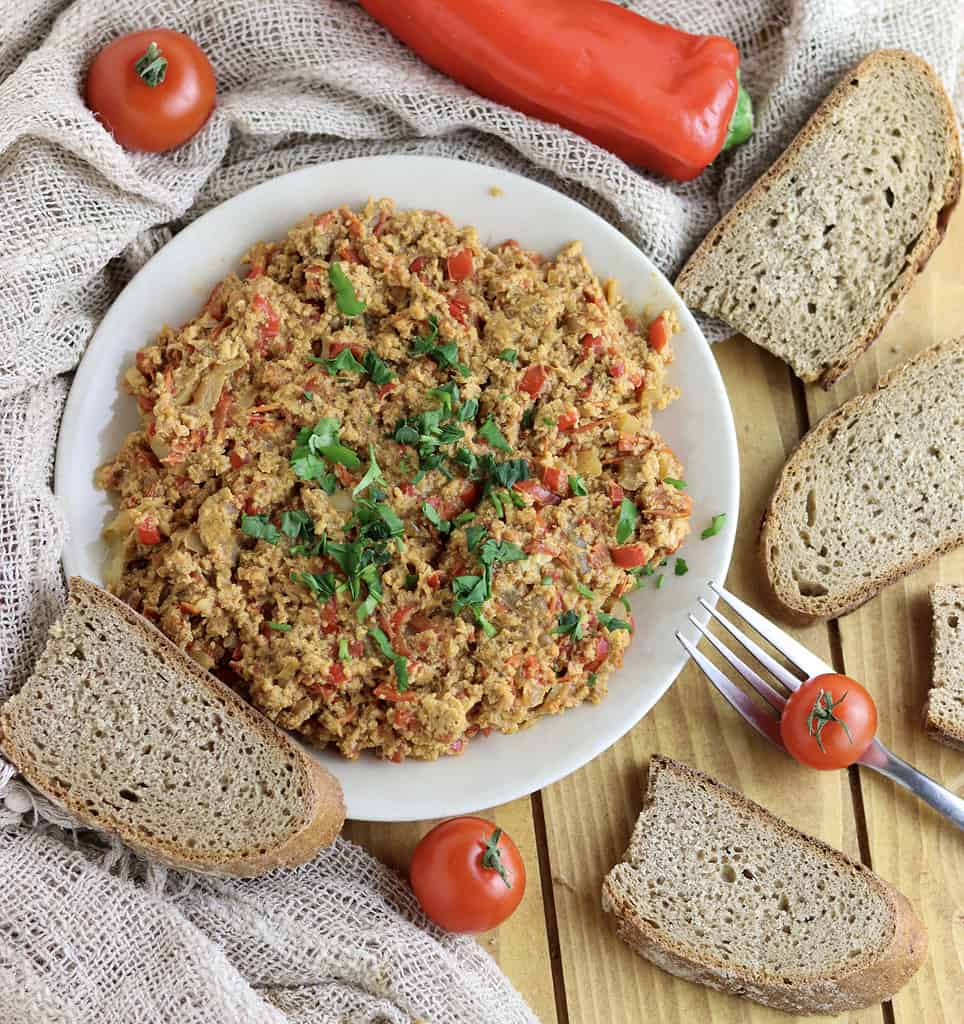
Croatian sources claim that sataraš is a light vegetable stew that originated in the Baranja region, bordering Hungary. Preparing sataraš was a way to preserve the surplus of summer vegetable harvest, and it was served as a sauce, side dish or very often made with scrambled eggs.
Menemen is a very similar dish first prepared with eggs by Cretan Turks in Izmir. It was probably named after a town with the same name, which you will find both in Turkey and in Greece. It’s a very common simple breakfast meal, cooked repeatedly in many households. Menemen is as famous in the Middle East as taboule salad.
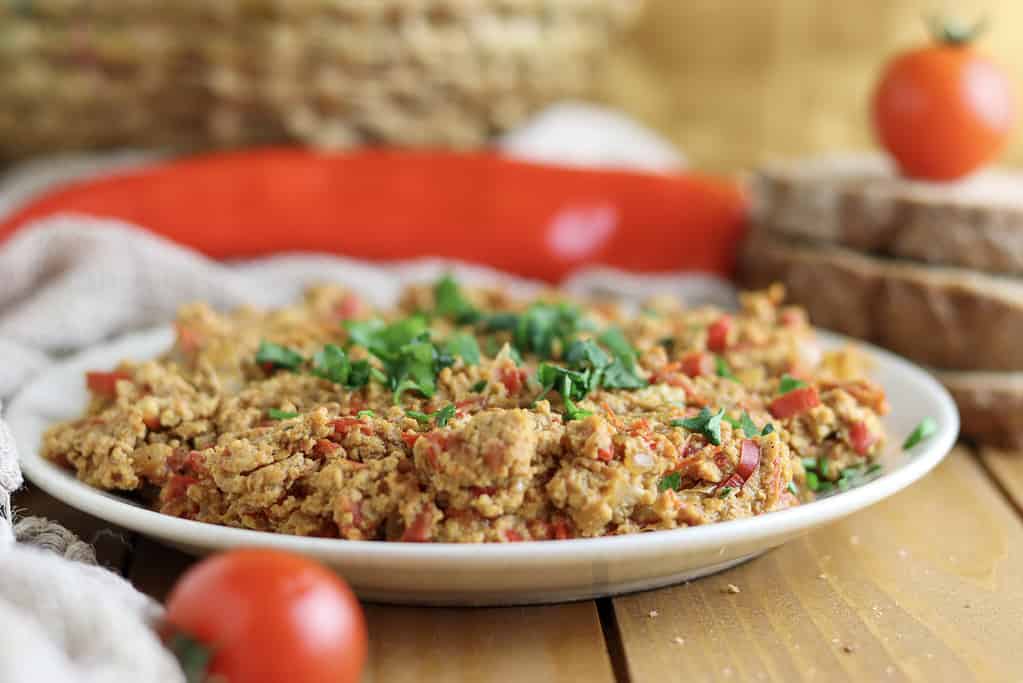
Why you’ll love it
- It’s very easy to make and doesn’t take a lot of time. Sataraš with scrambled eggs, served with bread, makes a delicious and healthy breakfast that can be done very quickly. You might want to check our recipes for buckwheat bread with walnuts or polenta bread.
- Especially when made with eggs, sataraš is a delightful, low-calorie vitamin and protein bomb that is absolutely gluten-free and keto-friendly.
- It can be eaten alone, transformed into a sauce, or added as a stew. Besides that, sataraš will be a perfect addition to grilled meat.
- It’s a great way to store yellow, red and green peppers and tomatoes from the garden in summer months and stock them for the winter. Sataraš can be stored frozen or, even better, canned, following an easy canning process.
- Besides authentic beef goulash, ričet and kljukuša sataraš is one of the most often cooked Slavic food recipes in the Balkans.
Sataraš ingredients
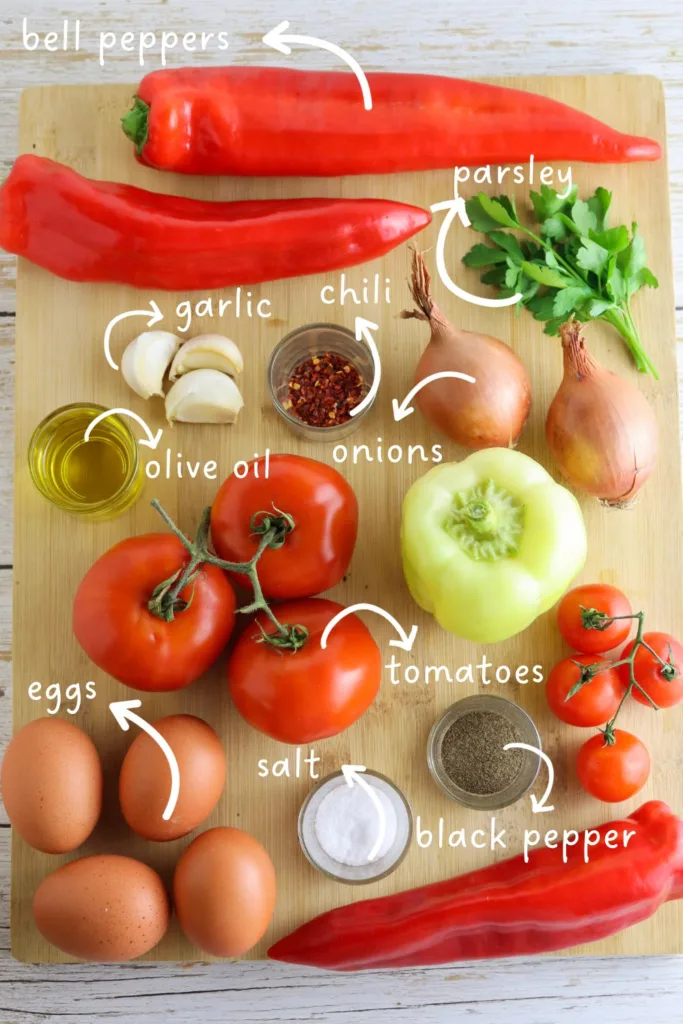
TOMATOES – Tomatoes are the main ingredient in the sataraš recipe. How much sauce you want your sataraš to contain depends on the amount of added tomatoes. If you’re preparing sataraš with eggs, then add the same number of tomatoes as peppers.
If you wish to can your sataraš, add a tomato or two more. We recommend using fully ripe tomatoes; these contain more antioxidants and definitely make the taste of sataraš juicier and deeper. Our sataraš doesn’t include premade tomato sauce.
PEPPERS – Use fresh peppers. Depending on the color of the sataraš you wish to see, you can use red, yellow, orange or green peppers. However, the taste of red and yellow peppers is usually deeper and sweeter.
ONIONS – When dicing the onions, make sure you dice them into pieces as small as possible. Cut them right before cooking the sataraš. To avoid tears while chopping the onions, keep them refrigerated or chilled in cold water for 30 minutes before working on them.
GARLIC – Garlic is known to have anti-bacterial, anti-fungal, and immune-boosting properties. Furthermore, its strong flavor will enhance the overall taste of the dish.
CHILI – Chili flakes will intensify the spicy note of the sataraš. Still, if you skip the chili, the dish will still taste great.
We crush our spicy things with a wooden mortar and pestle right before adding them to the dish. This really boosts the aroma of the cooked goodies compared to using premade packages of spices.
SALT & BLACK PEPPER – The full taste of slowly cooked peppers and tomatoes will be rich enough, so basically, there’s no need to add any other seasoning to the sataraš. Add to personal preference. What goes well together with the delicious vegetable dish is FRESH PARSLEY, and a tablespoon of OLIVE OIL added before serving.
EGGS – In the Balkans, Turkey, and Greece, scrambled eggs are the preferred way to prepare sataraš. You can either mix the eggs with the sauce or cook the sataraš and eggs separately in the same pan.
Both will result in a vitamin and protein-rich tasty breakfast, excellent for summer mornings. In the same way, you can use your canned vegetable vitamin bomb all year round.
Sataras recipe
FRY THE PEPPERS
STEP 1: Dice the onions into small pieces. Fry them in hot olive oil (three tbsp) on medium hit, often stirring, until the onions soften, become translucent and start showing a nice golden-yellow color.
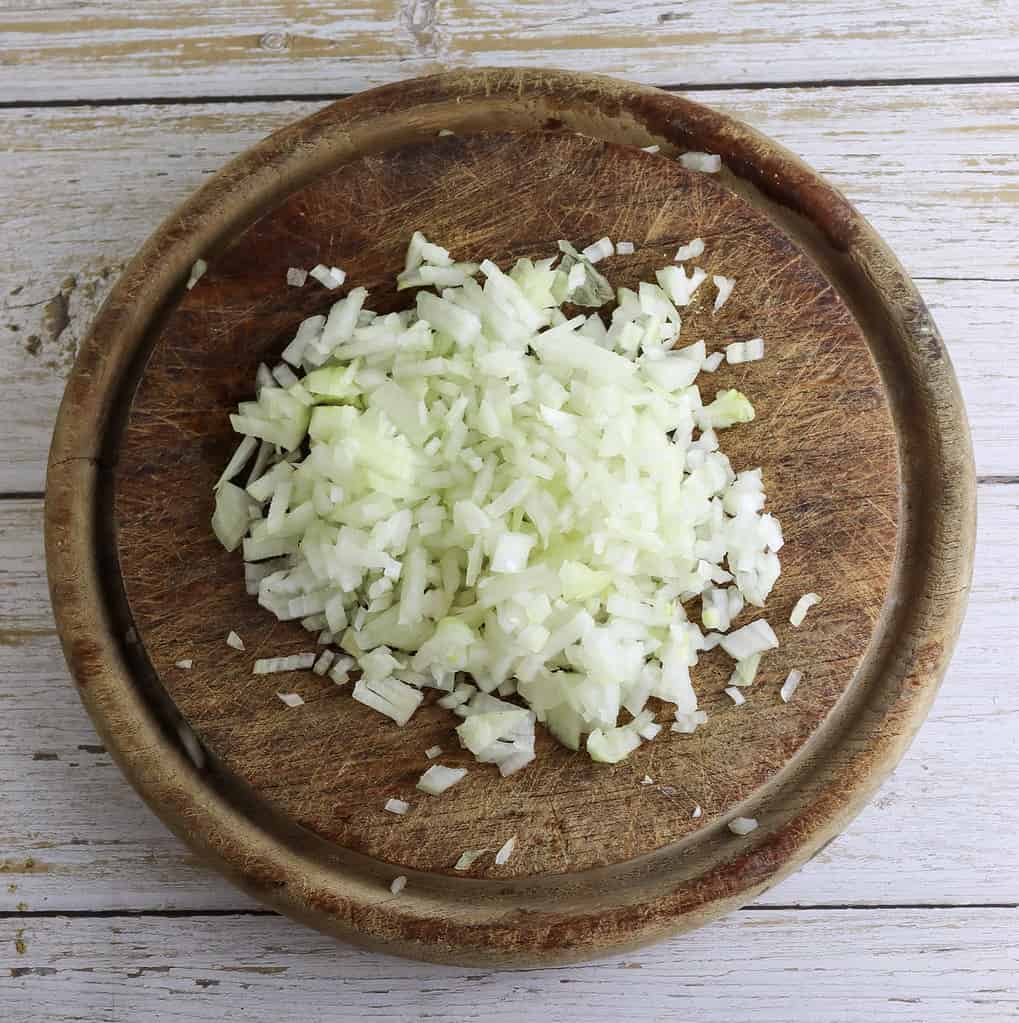
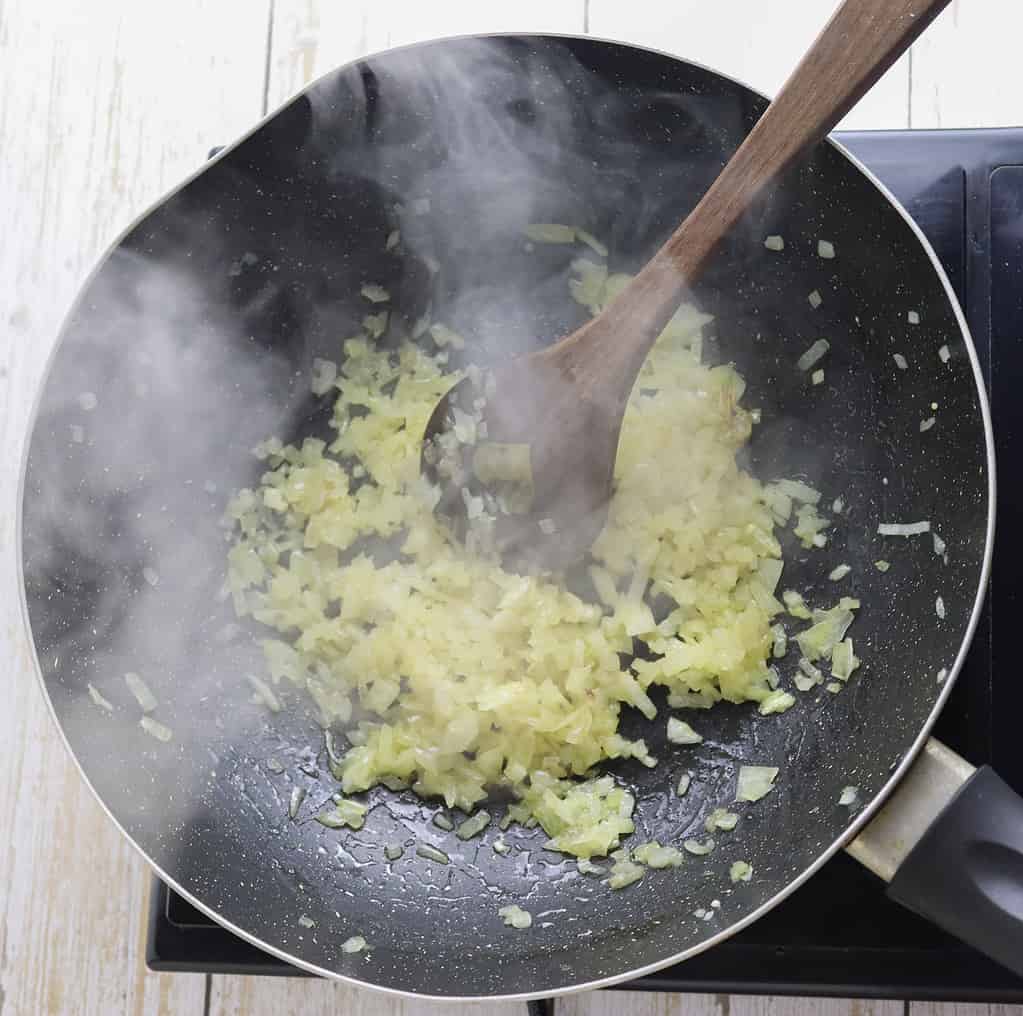
STEP 2: Cut the peppers into long, narrow slices.
STEP 3: When the fried onions are ready, add the peppers to the pan and fry them slowly together with the onions for about 5 – 10 minutes.
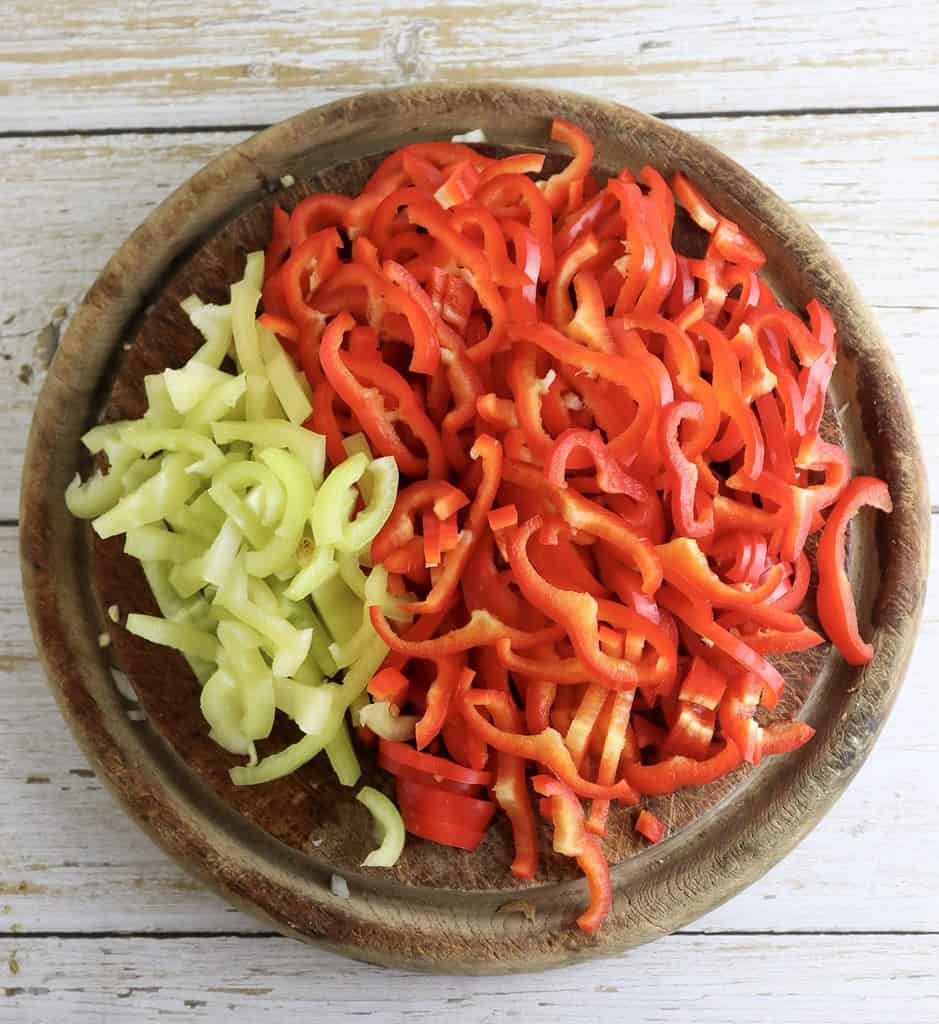
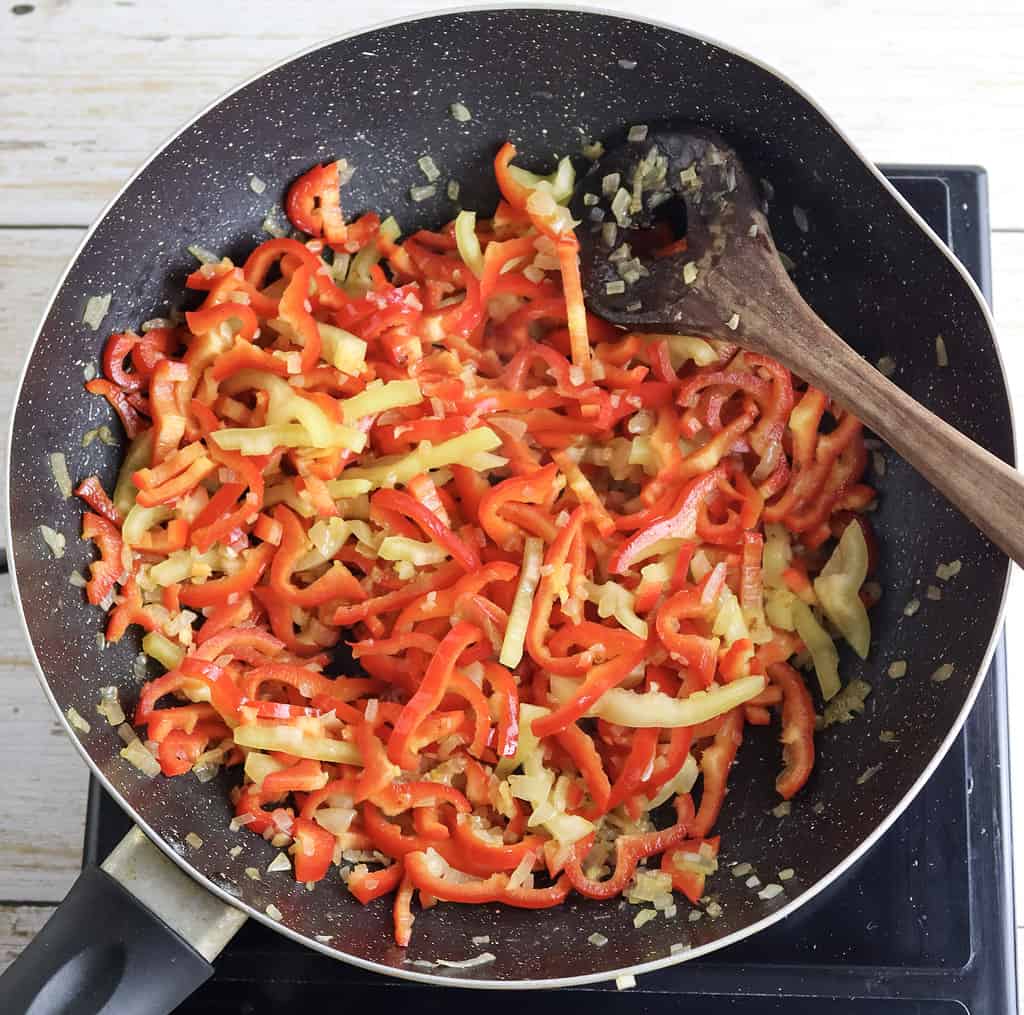
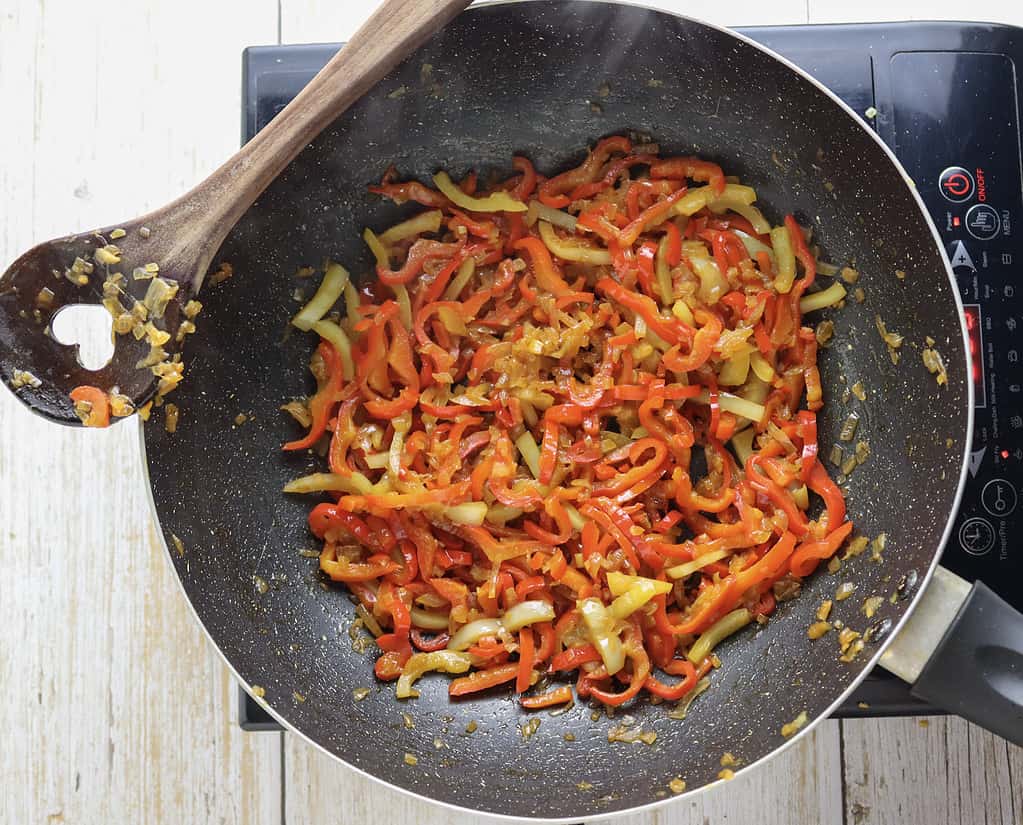
STEP 4: While frying the peppers, dice the tomatoes into small cubes. If you want your sataraš to be less liquid, add the same number of tomatoes and peppers. When you need a sauce or you wish to prepare the sataraš for canning, then chop two more tomatoes.
At the same time, peel and cut or crush the garlic cloves to be added to the sataraš. We use a lot of garlic for many recipes, and for that, we find that a cheap garlic crusher makes things really a lot easier.
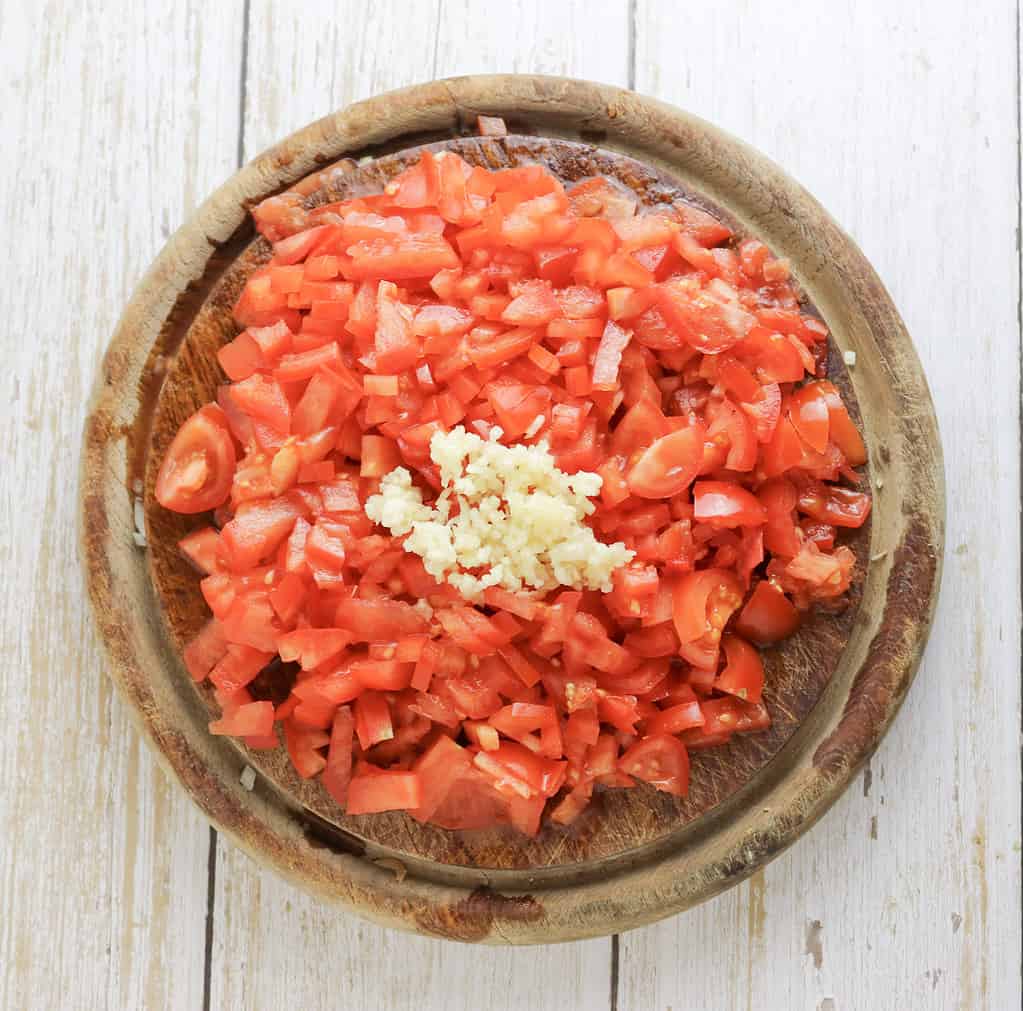
ADD THE TOMATOES
STEP 5: When the peppers are softened, add the tomatoes to the pan, together with the garlic, chili (if used), salt and black pepper.
STEP 6: Cook the sataraš covered with a lid on low heat for another 40 minutes. The tomatoes will usually release enough water themselves, so no added liquid will be needed.
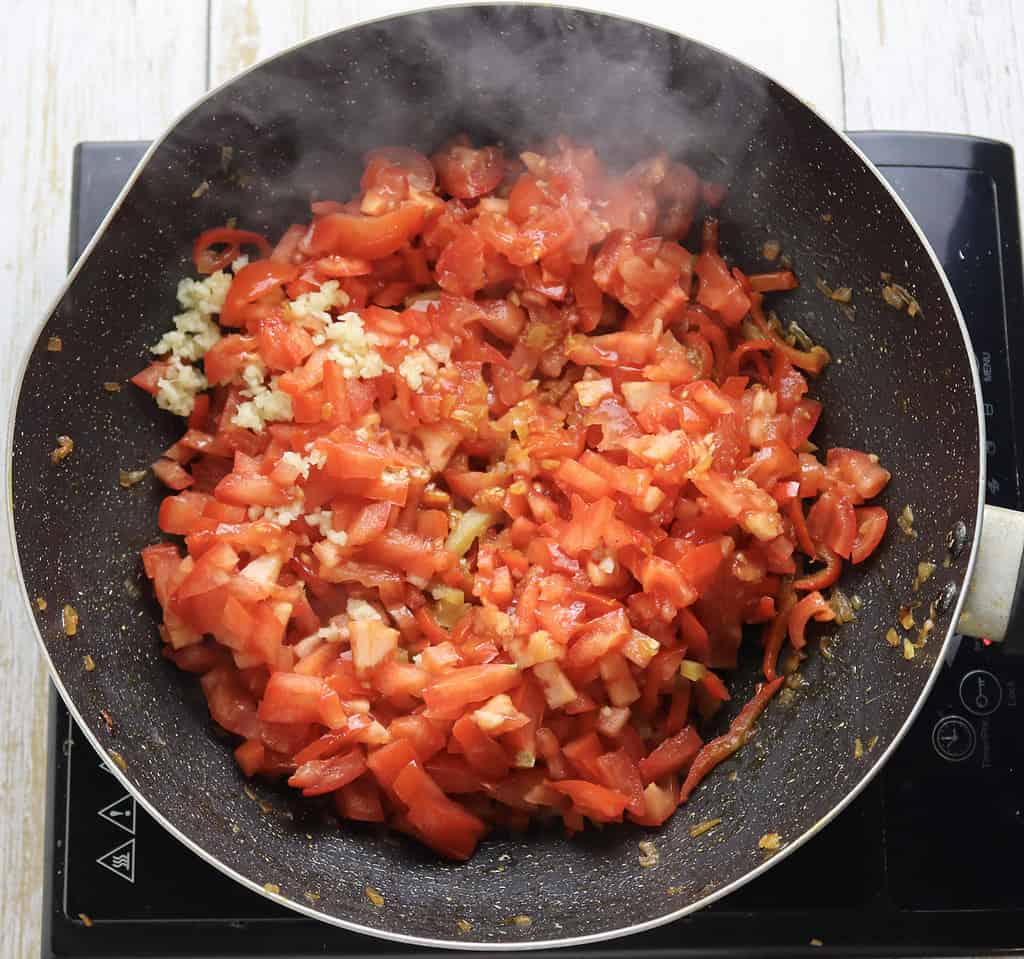
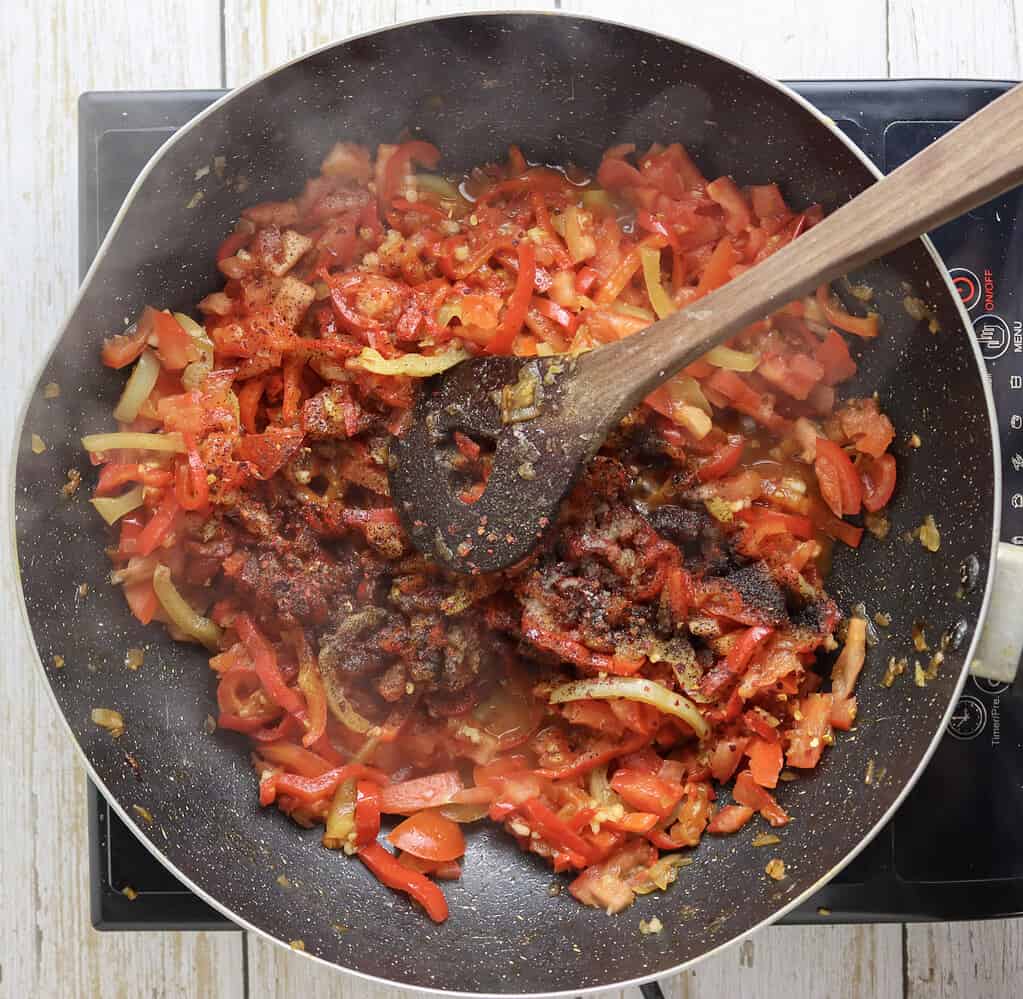
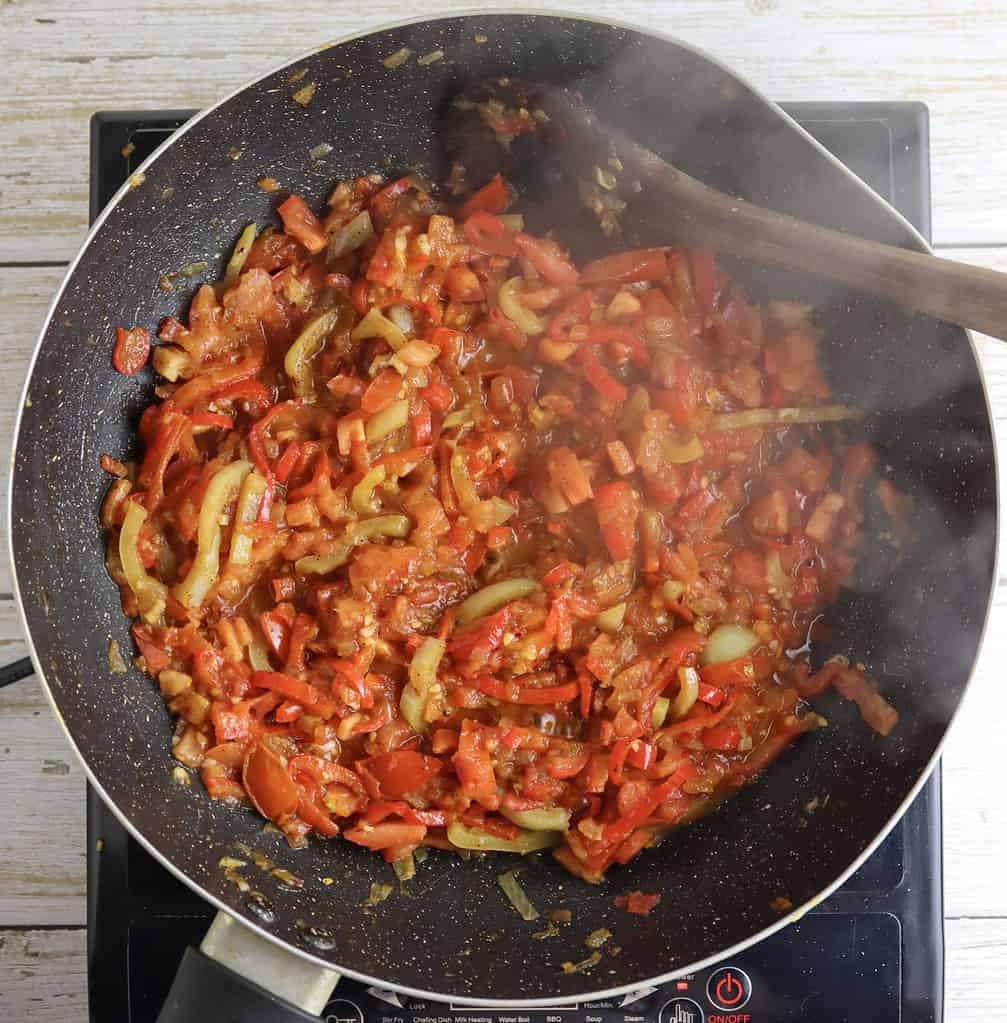
STEP 7: The next step depends on what you wish to use the sataraš for. If you’ll use it as a sauce or you’ll be canning it, then at the end of the cooking, add a tbsp of olive oil, sprinkle it with chopped fresh parsley, and that’s it.
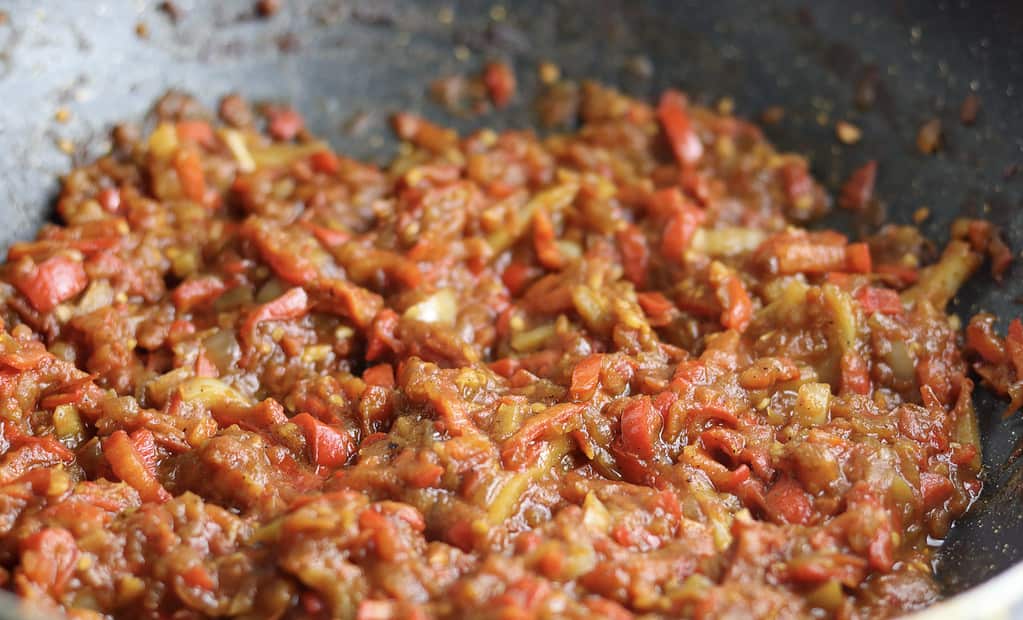
To make this tasty vegetable stew with scrambled eggs, follow the next steps:
SATARAŠ WITH EGGS
STEP 7: In a small bowl, mix together four eggs.
Add the eggs to the pan and stir frequently until the eggs are hardened and fully fused with the sataraš. Or remove the sauce to one side of the pan and fry the eggs on the other before mixing it all together.

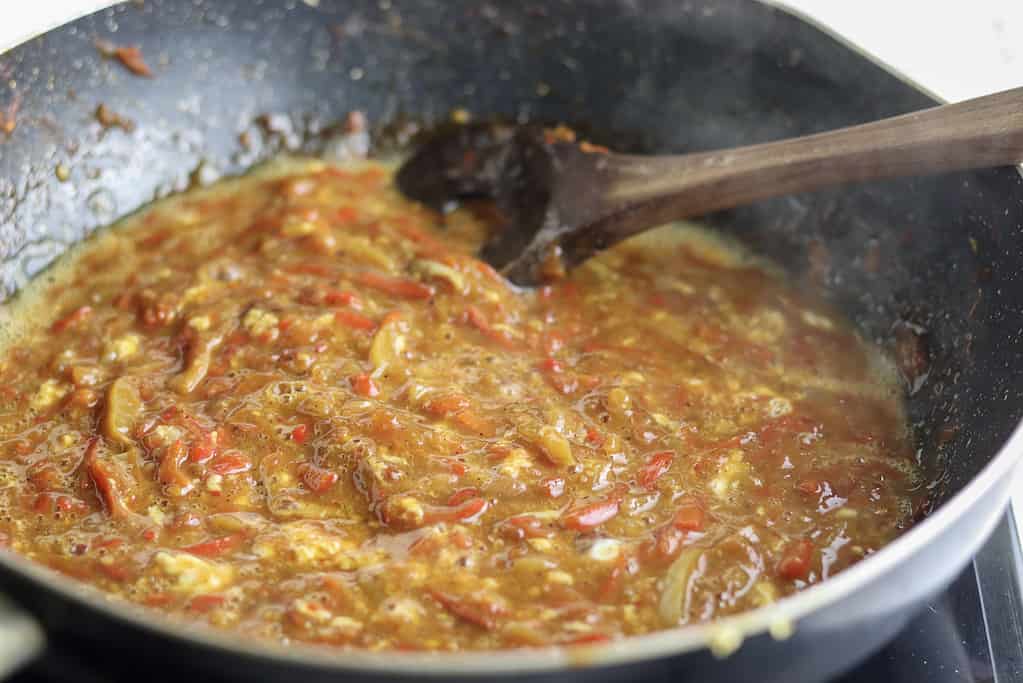
STEP 8: Serve your delicious, healthy breakfast sprinkled with fresh, chopped parsley and homemade bread.
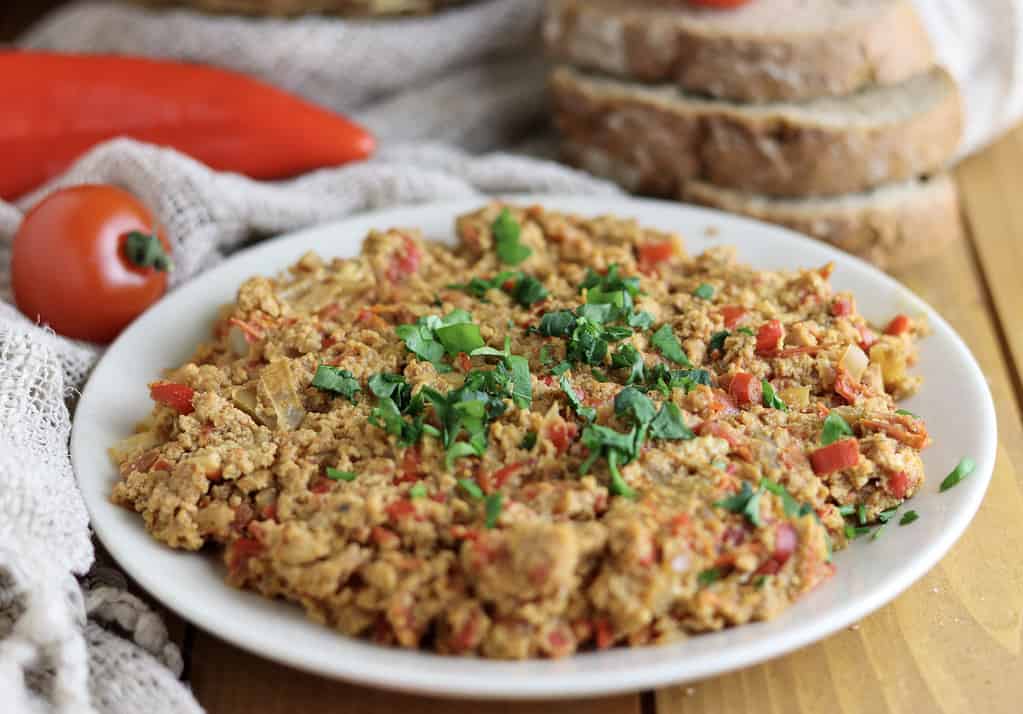
Food nutter’s tips
- Sataraš will turn out the most delicious when using cold-pressed organic olive oil.
- Red and yellow bell peppers will add to the deepness of the taste. If you have a garden, canned sataraš is a perfect way to store the excess pepper harvest for the coming winter.
- Ripe tomatoes will enrich the taste of the stew. They also contain a lot more antioxidants than young ones. We don’t recommend storing them in the refrigerator as the cold temperature might reduce their aroma significantly.
- Adjust the number of tomatoes accordingly depending on what you wish to use your sataraš for. For canned sataraš or sataraš used as a sauce or a side dish, add two more middle-sized tomatoes to the dish.
- Chop the onions right before frying them and fry them slowly. Onions contain organic sulfur components, and over-fried and overly browned onions might make your dish taste a bit bitter.
- When using sataraš as a side dish or sauce, a tablespoon of olive oil is a good addition after it has been cooked. This will significantly enhance the final taste of the feast.
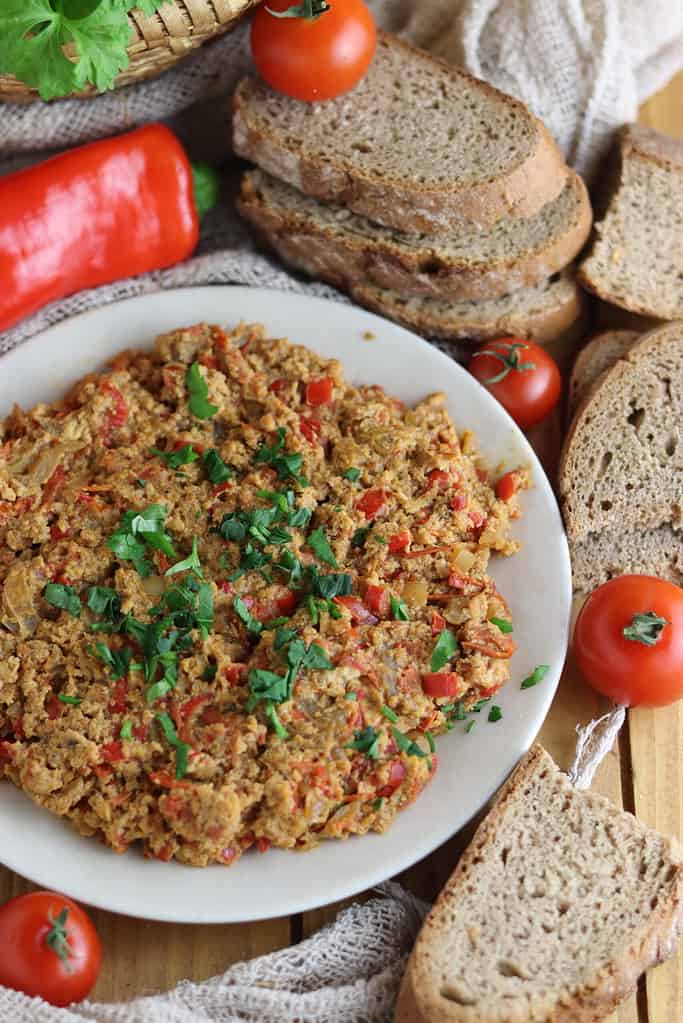
Storage and reheating
Sataraš can be stored in an airtight container in the refrigerator for up to two days.
When cooled to room temperature, it can be frozen (without eggs) and stored in the freezer for up to six months, ensuring that it is stored in an airtight container or closed plastic bag.
Thaw it at room temperature and simply reheat it in a pan or in a microwave.
Canning sataraš
A perfect, thrifty way to store the excess tomato and pepper harvest from your garden is to use it for canned sataraš stew. Following a simple canning process, you’ll be able to feast on it all year round.
Preheat the oven to 100 C/212 F. When the temperature is reached, wash the canning jars thoroughly, together with the lids, and place them in the oven for about 10 minutes.
Pour the sataraš (as hot as possible) into the jars using a scrupulously clean ladle or a tablespoon. Fill the jars one by one all the way up to the top, clean the jars and close the lids tightly.
Turn the closed jars upside down and let them slowly cool down under a thick blanket for the next 24 hours. Store in a cool, dark and dry place for up to six months.

FAQs
Adding water while cooking the sataraš will make the stew more liquid. The same thing happens if you add too many tomatoes and fewer peppers.
Sataraš should be simmered on low heat while covered with a lid. If the lid doesn’t cover the frying pan adequately, you can try using aluminum foil to seal the edges of the pan additionally. Besides that, the amount of sauce depends on the number of tomatoes added to the stew.
Yes, adding cooked rice to the sataraš instead of scrambled eggs will result in a beautiful, light vegetable rice meal. Rice with sataraš tastes perfect when topped with shredded parmesan cheese.
Balkan sataraš (or Turkish menemen) is one of the common cheap, traditional dishes cooked with peppers, tomatoes and scrambled eggs that makes a delicious, healthy, very tasty breakfast, popular among students and households with a garden.
Shakshuka originates in Northern Africa, while sataraš comes from the Balkans. The two dishes vary in which spices are used and how the eggs are added to the sauce. Sataraš is made with scrambled eggs and shakshuka with pouched eggs.
Sataraš is described in English as a traditional breakfast dish made of scrambled eggs, peppers, tomatoes and onions.
More traditional food recipes
Authentic traditional beef goulash
EQUIPMENT
- cutting board
- frying pan
INGREDIENTS
- 4 fresh peppers
- 4 fresh tomatoes (6 for canning or sauce)
- 2 onions
- 3 cloves garlic
- 3 tbsp olive oil
- salt
- black pepper
- fresh parsley
INSTRUCTIONS
- Dice the onion into small pieces. Fry them slowy in hot olive oil and stir until the onions get translucent and start showing golden yellow color.
- Cut the peppers into long, narrow slices. When the onions soften, add them to the pan and and fry them for about 50-10 minutes.
- While the peppers are frying, prepare the diced tomatoes and crush the garlic.
- Add tomatoes to the peppers, together with garlic, salt and black pepper.
- Simmer (covered), slowly, on low heat, for about 40 minutes. Stir as frequently as needed.
- Use the sataraš as a sauce or add scrambled eggs. Add a tablespoon of olive oil to the sauce or fry until the fused eggs are cooked. Serve with fresh bread and sprinkled with fresh parsley.
Video
NOTES
- Sataraš will turn out best if cooked with organic, cold-pressed olive oil.
- Red and yellow peppers will add more depth and sweetness to the taste.
- Use ripe tomatoes for the sataraš, as they contain more antioxidants and will enhance the taste of the sauce.
- Store the tomatoes at room temperature; if the tomatoes are chilled, that might affect the fullness of the taste. The most delicious sataraš is cooked from freshly picked ripe tomatoes from the garden.
- Adjust the number of tomatoes, depending on what you wish to use the sataraš for. If you will use it as a sauce, as a side dish or if you are preparing sataraš for canning, add two more tomatoes to the stew.
- Chop the onions right before cooking to cubes as small as possible. Do not use a food processor. If dicing onions make your eyes sweat, place them in the refrigerator or cold water for half an hour before dicing them. Fry on low heat and stir constantly.
- When sataraš is prepared as a sauce or a side dish, enhance the taste by adding a tablespoon of olive oil when already cooked.
- Eggs can be added to the sauce scrambled and fused with the stew. Even better, remove the sataraš from one side of the pan and fry the eggs on the other before mixing it all together.
- Canned sataraš is a great way to store peppers and tomatoes for the winter following a simple canning process. That way, it can be used all year round.
Nutrition
If you liked the sataras, please rate the recipe in the comments below.
Show your love by sharing ❤️

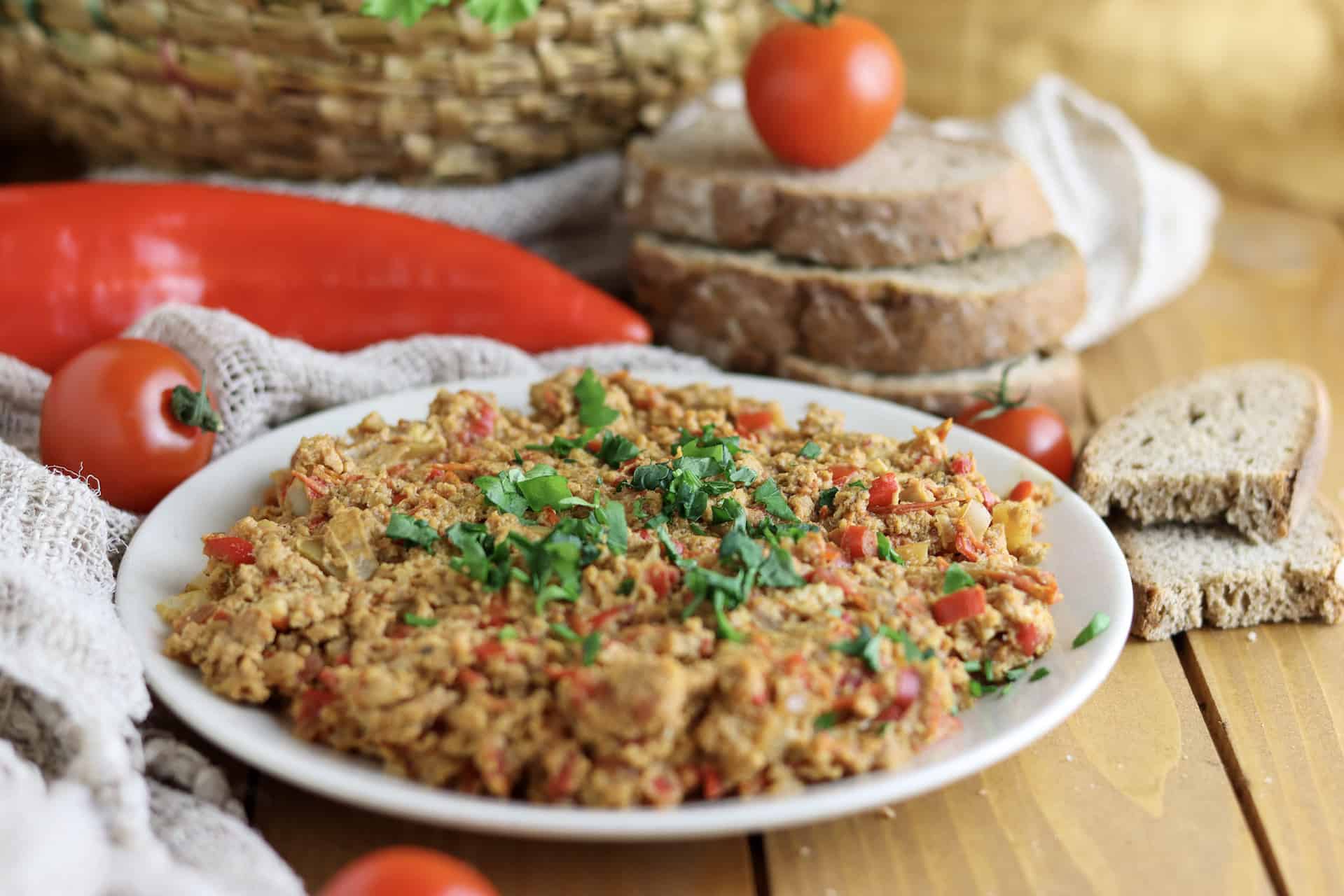

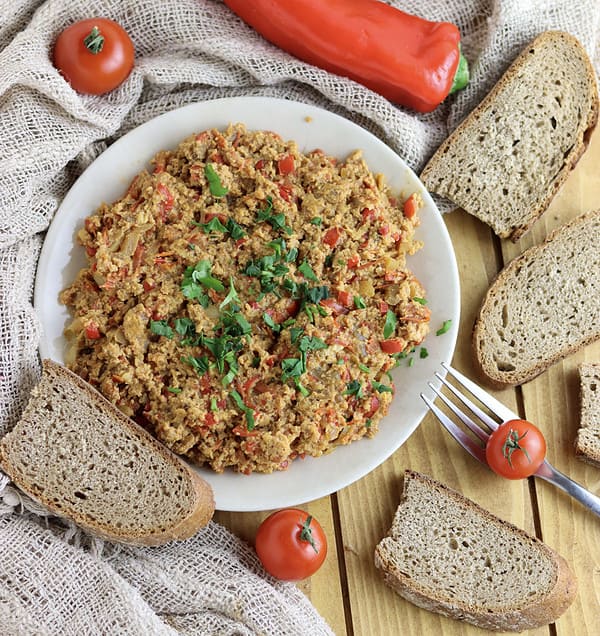
I love your blog! And I need to try this recipe! Thanks for sharing at the What’s for Dinner party. Have a great week.
Thanks Helen 🙂
Thanks Angie 🙂
mljac, mljac. awesome photos
good morning, puissant blog on lardy loss. aforesaid helped.
Thanks for sharing at the What’s for Dinner party – hope to see you again this Sunday!!
Absolutely!
That looks so good – so many good recipes on your blog
Thank you, you’re always welcome 🙂
This sounds delightful! Thank you for sharing!
I would love to invite you to share your post on my Tell It To Me Tuesday link party, and have the chance to be featured. You can find the most recent one at https://perfectlyimperfect-lwl.com/tell-it-to-me-tuesday-5-7-11-23-link-party/. I hope you to see you there!
Thank you, and oh… I just love checking out new recipes on Tell it to Me Tuesday.
Thank you very much for joining and sharing with Fiesta Friday Party! Hope you had fun and see you next week 😀
It’s been a pleasure Pauline 🙂
I’m running behind!! Thanks for sharing at the what’s for dinner party last week – The new party is open now. Hope to see you there!
Sure Helen, thank you for hosting.